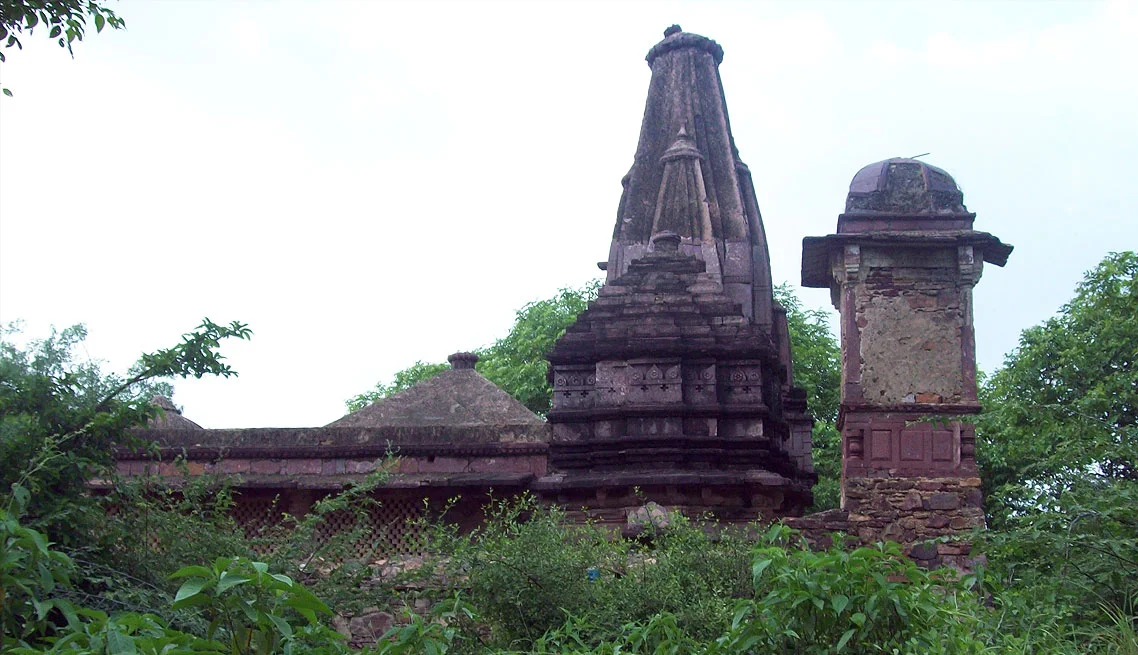
MAIN HIGHLIGHTS:
Ranthambore National Park – Ranthambore wildlife sanctuary is known for its tigers and is one of the best places in India to see these animals in their natural jungle habitat. Tigers can be easily spotted even in the daytime. The best times for tiger sightings at Ranthambore National Park are in November and May. Other major wild animals include leopard, nilgai, wild boar, sambar, hyena, sloth bear, southern plains gray langur, rhesus macaque and chital.
Ranthambore Fort – Located inside the National Park, this fort has been the focal point of the historical developments of Rajasthan. The fort is known for the glory and valour of Hammir Dev of the Chauhan dynasty. The fortress of Ranthambore was founded in AD 944 by the Nagil Jats. The fortress commanded a strategic location, 700 feet above the surrounding plains. Inside the fort are three Hindu temples constructed in the 12th and 13th centuries from red Karauli stone. There are also two Jain temples here.

